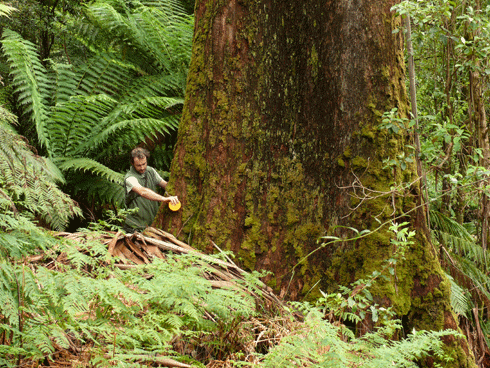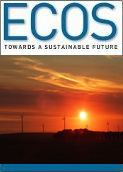
|
Published: 6 August 2012
Call to think more broadly in offsetting carbon
Will the carbon economy be good for biodiversity? The question was recently examined by a group of 30 Australian ecosystem scientists who warned of the risk of ‘bio-perverse’ outcomes.
Many countries have already adopted incentives to reduce greenhouse-gas emissions or increase carbon sequestration in order to mitigate global climate change. One such mechanism is the imposition of a financial penalty for polluters, via a carbon tax or price.
In Australia, carbon-price revenues are being used to modify land management practices so as to improve rates of carbon retention and sequestration.
The Australian Centre for Ecological Analysis and Synthesis, a facility of the Terrestrial Ecosystem Research Network, recently convened a workshop of eminent Australian ecosystem scientists to consider whether reduced emissions and increased carbon sequestration also benefit biodiversity.
The group, led by Professor Corey Bradshaw from The University of Adelaide, looked closely at the six main mechanisms by which carbon tax-driven changes to land management could affect Australian biodiversity: environmental plantings for carbon sequestration; policies and practices to deal with native regrowth; fire management; forestry; agricultural practices including cropping and grazing; and feral animal control.
‘While we concluded that most of these activities would probably also improve prospects for native biodiversity, our analyses revealed several potentially “bio-perverse” outcomes,’ Corey says.
‘For example, even a mixed plantation of native tree species could, in the process of successfully growing and sequestering carbon, reduce the amount of water available for ecosystems downstream, to the detriment of otherwise undisturbed native vegetation.’
However, the group also identified achievable planning and management actions that could avert these potentially negative outcomes.
‘The important message is that it is entirely possible for a carbon price to deliver simultaneous benefits in Australia – in terms of emissions, sustainable land use, and biodiversity.
‘We still don’t know enough to plan for all the possible complications. No-one does. But we know enough to say that, from an overall biodiversity perspective, this is probably a good direction to be moving in.’
The group’s 30-author manuscript, entitled ‘Brave new green world: the costs and benefits of a carbon economy for the conservation of Australian biodiversity’, will shortly be submitted to a peer-reviewed journal.
Source: TERN e-News




